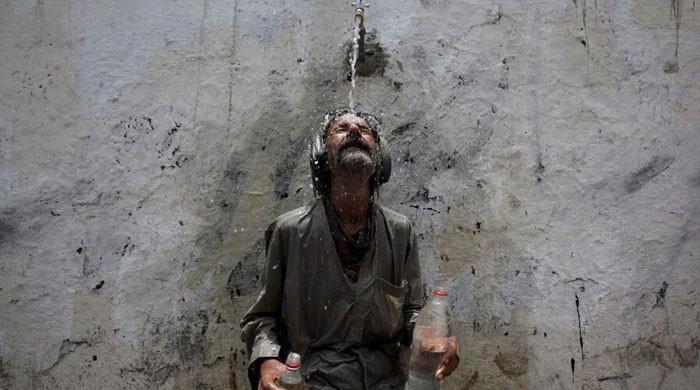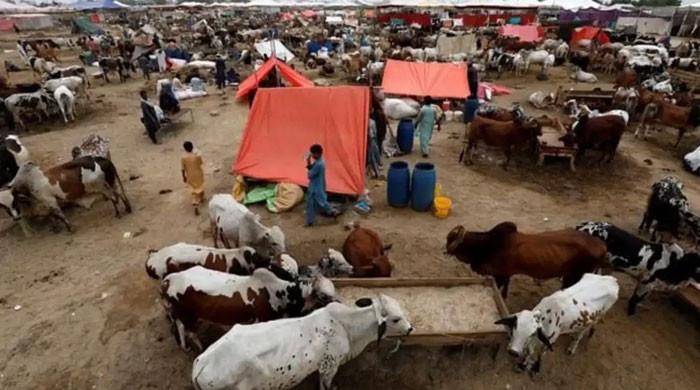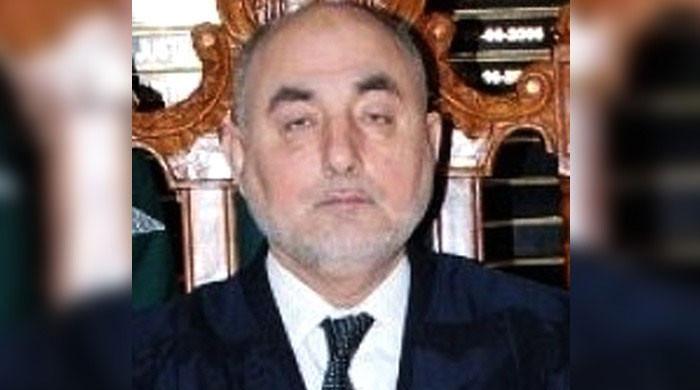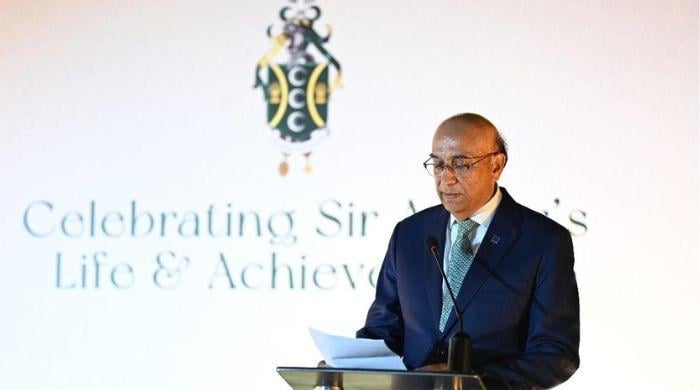Justice Amin-ud-Din-led meeting decides to 'colour code' cases for constitutional benches
Constitutional bench must comprise at least five Supreme Court judges, say minutes of meeting
November 11, 2024
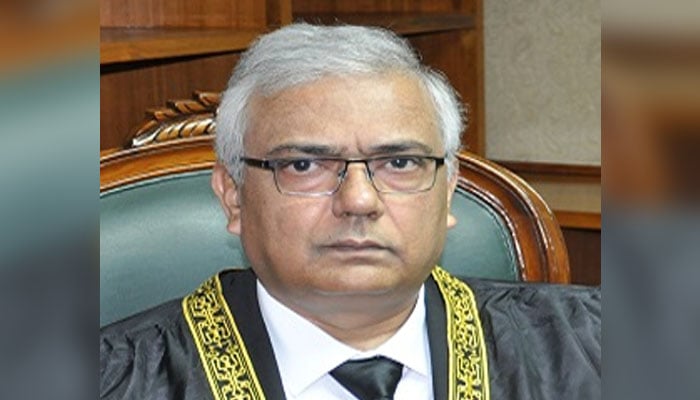
- Meeting held to work out modalities of constitutional benches.
- Justice Khan briefed about the pendency of the cases.
- Decision taken to carry out colour coding of cases.
ISLAMABAD: A meeting chaired by Justice Amin-ud-Din Khan on Monday decided to colour code cases, that clearly fall under the purview of Article 191A of the Constitution besides fixing the number of judges for the constitutional bench to at least five Supreme Court judges.
On Nov 5, the JCP appointed Justice Amin-ud-Din Khan — who ranks fourth in seniority among Supreme Court judges — as head of the seven-judge constitutional bench by a majority vote of seven to five, with Chief Justice of Pakistan (CJP) Yahya Afridi among the dissenting members.
The seven-judge constitutional bench includes representatives from all four provinces: Justice Khan and Justice Ayesha Malik from Punjab, Justices Jamal Khan Mandokhail and Naeem Akhtar Afghan from Balochistan, Justices Muhammad Ali Mazhar and Hassan Azhar Rizvi from Sindh, and Justice Musarrat Hilali from Khyber Pakhtunkhwa.
Justice Khan held a meeting in his chamber today to work out modalities of rapid functioning of the constitutional benches, stated minutes of the meeting issued on Supreme Court website.
The judge was briefed about the pendency of the cases under Article 184(1), 184(3) and 186 including Human Rights Cases. “The current working/practice of processing of the constitution petitions and proposed strategy for future adoption were also placed before [Justice Khan],” it said.
It was decided that colour coding of the cases shall be done, which are clearly falling under the purview of Article 191A of the Constitution and Senior Research Officer Mazhar Ali Khan has been given task to scrutinise the cases arising out of Article 199 of the Constitution.
However, fixation, sitting of benches, issuance of court roster and number of cases to be heard in a week will be decided in consultation with the remaining two senior most members of the constitutional bench, as in accordance with Article 191A Clause (4).
Furthermore, it has been decided that a committee comprising the most senior judge of the constitutional benches and next two most senior judges will constitute a bench consisting of "not less than five Judges for the purposes noted in clause (3) of the instant Article."
"As one member of the Committee is not available being out of country, therefore, soon after the availability of members of committee, next meeting will be scheduled," the minutes concluded.
Earlier in the day, Supreme Court's senior puisne judge Justice Mansoor Ali Shah raised questions on the constitutionality of existing benches until designated constitutional ones are not formed.
"Until a constitutional bench is formed, are we unconstitutional?" questioned Justice Shah during the proceedings of a tax-related case in the apex court heard by a three-member bench including Justices Ayesha Malik and Aqeel Abbasi on Monday.
It is pertinent to mention here that the judicial commission was reconstituted following the enactment of the 26th Constitutional Amendment and now includes members of the parliament.
Last month, President Asif Ali Zardari had signed the 26th Constitutional Amendment Bill into law on the advice of Prime Minister Shehbaz Sharif following its approval by parliament.
The ruling coalition succeeded in pushing the highly contentious judicial reforms through parliament via a two-thirds majority with 225 and 65 votes in the lower and upper house, respectively.
Under the judicial reforms — opposed by the Pakistan Tehreek-e-Insaf (PTI) which boycotted the voting process — the CJP will now be selected by a parliamentary committee and constitutional benches will hear constitutional matters.





